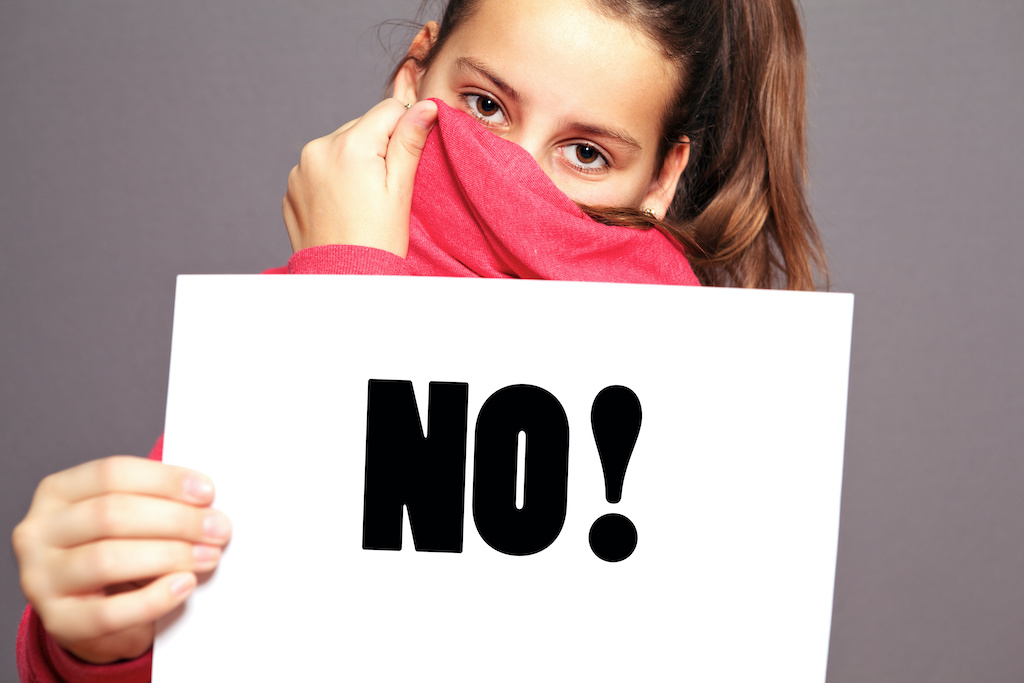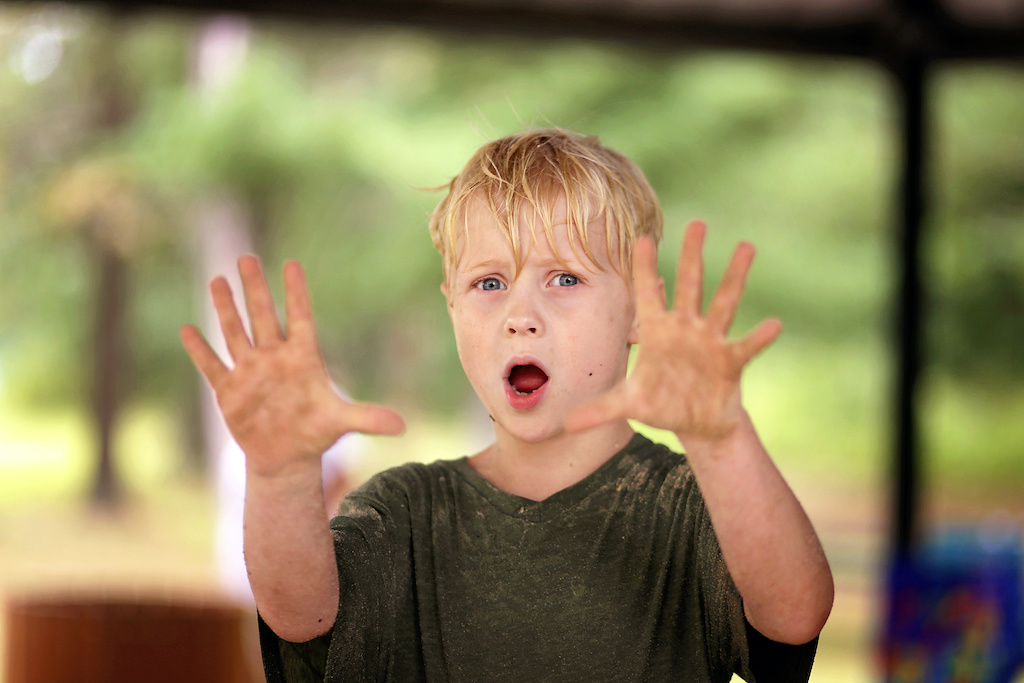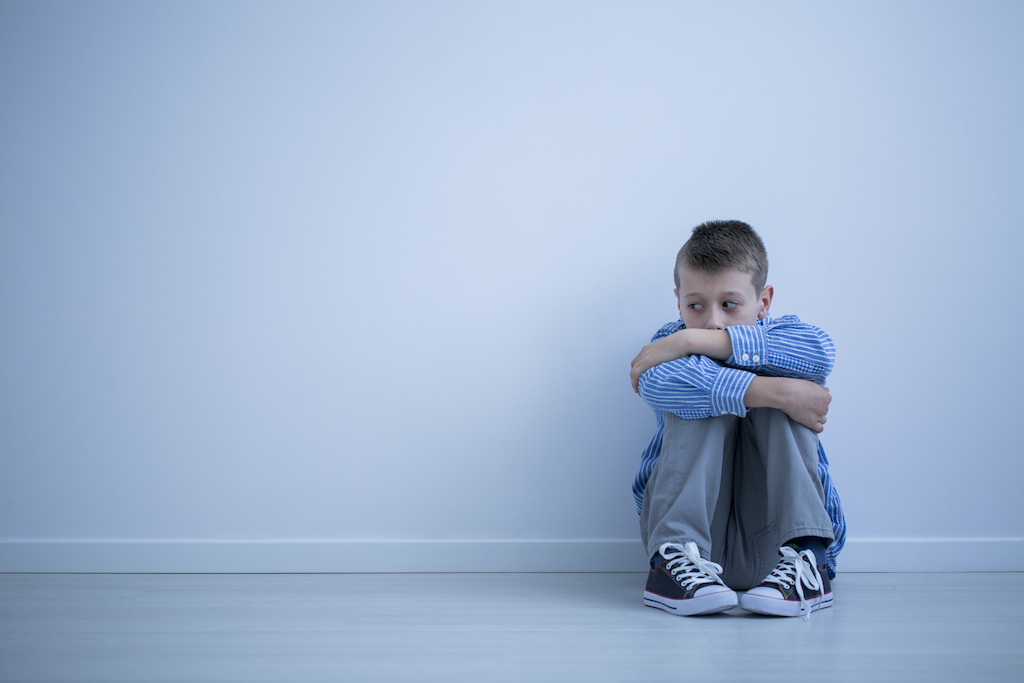Out of the many skills and lessons that parents are required to teach kids, body safety is one of the most important ones.
We should teach children that their bodies belong to them and that no one else has the right to touch them or ask them to touch someone else’s private parts without permission from the child.
WHY IS TEACHING BODY SAFETY RULES TO KIDS IMPORTANT?
Teaching about body safety rules may not come easy to all parents, as talking about private parts is not a norm in many families.
So is letting kids know about the predators’ eyes out there. I mean they are living their innocent lives without being aware of the dirty thoughts of people, or how wicked this world can be sometimes.
Since we can’t save our kids from each and every mishappenings, and we cant look out for them 24×7, we need to teach children how to keep their bodies safe.
Here is some information on child abuse according to statistics:
- Most people who sexually abuse children are friends, partners, family members, and community members. About 93 percent of children who are victims of sexual abuse know their abuser. Less than 10 percent of sexually abused children are abused by a stranger.
- Children are at heightened risk for sexual violence. Nearly 70 percent of all reported sexual assaults occur to children ages 17 and under.
- One in four girls and one in six boys will be sexually abused before they turn 18 years old.
This information tells us why body safety rules are important for kids, so they can protect themselves when responsible adults are not around.
So, let’s see how we can teach kids about body safety
5 BODY SAFETY RULES ALL KIDS MUST KNOW
1. TEACH THE DIFFERENCE BETWEEN SAFE AND UNSAFE TOUCH
Teach kids what safe touch and unsafe touch means.
The first step in body safety is to understand what body parts are private and should not be touched by anyone without permission. These include genitalia, buttocks, breasts, mouth, and anus.
Teach them that the private parts are also called “intimate areas.”
Here are some guidelines for body safety rules for kids:
- Tell your child that they should not allow anyone to touch their private parts and that they have the right to refuse any touch if they don’t want it, even if it’s a hug from people they are not comfortable with.
- Tell your child it’s not okay for them to touch others’ private parts as well.
- It’s not okay for someone to show you pictures or videos of naked people or ask your child to take pictures or shoot videos of them while naked.
- Show them what a safe touch looks like and an unsafe touch looks like. For example, teach them what all comes under their private areas. And if anyone touches those parts, it is an unsafe touch and should be prohibited. Not only the intimate areas, if anyone’s touch in general makes them uncomfortable, they have the right to say NO.
You should also clarify that parents can help them wash their bodies when they are young. And that doctors or nurses can examine their body when they are sick, and that you will be with them at such times.
It’s better to use the words ‘safe touch’ and ‘unsafe touch’, rather than ‘good touch’ and ‘bad touch’, as ‘good’ and ‘bad’ create moral obligatory feelings for them.
Sometimes, kids can feel ashamed if they believe bad things happened to them. Rather than thinking someone did bad things to them, or that the person’s intentions were bad, they can feel they are bad now, as bad things happened to them.
This can prevent them from opening up to others about the abuse and create trauma that can last a lifetime.
So, it’s better to use the words ‘safe’ and ‘unsafe’, rather than ‘good touch’ and ‘bad touch’.
And also, they should clearly know what safe and unsafe means. They can decide what safe touch means for them, and it’s okay to say NO or STOP if anyone crosses those boundaries.

2. USE THE RIGHT WORDS FOR BODY PARTS
Stop using ‘hoo-haa’ or other funny words to talk about private areas and teach kids the right words for each private part.
When you can talk openly with them about body parts without being uncomfortable, they can do so with you too.
3. HAVE THEIR OWN FREEDOM TO DECIDE THE BOUNDARIES
Sometimes what we feel safe or the people we think safe may not be the same for kids.
If they do not like someone hugging them or kissing them, even if it’s a close family member, respect their choice.
Do not shame them into not wanting to do it for the fear of hurting the other party’s feelings.
We might not be able to see it, but kids may get certain bad vibes from people that we may not be able to see. Body autonomy is their right and we should respect it.
We all have our in-built intuition about different situations and people and if they feel something is wrong, they should be able to talk openly about it with people they trust.

4. TEACH HOW TO GET OUT OF WRONG SITUATIONS
In addition to teaching kids about safe and unsafe situations, they must also learn how to get out of such situations if they ever found themselves in one.
If they find something uncomfortable, teach them how it’s okay to leave the room immediately and they don’t need to think about what the other person thinks.
They can make use of a lie if they want to in this situation. They can shout a big NO and stop the act immediately.
And if they fear any danger, they can ask help from any trustworthy adult around them.

5. HAVE A ‘NO SECRET’ POLICY
If they find any adult suspicious, or God forbid, if anyone involves in unsafe touching, they should not make it a secret and should expose the person with a trusted adult.
Kids should know how making it a secret can put themselves in the same situation again and again. But instead if they tell an adult, they will have someone to protect them from indulging in situations with the same person again.
And also, empower kids by telling them if someone were to feel ashamed of the event, it must be the perpetrator, and not the victim-ie, your child.
And sexual offenders usually can threaten children by telling they should keep it a secret or even bribe them. We must tell kids about it in advance.
You can tell kids about how they should not give into any kind of threat even if kids made any mistake.
Tell them they will not get in trouble with you if they tell you a body secret.
But your child can feel uncomfortable if they are afraid of punishments from you. So it’s good to ask them to name a handful of adults who they think (and you too) are safe to confide in times of danger.
If they feel uncomfortable to come and tell you, they can confide in those trusted adults in their circle.

FINAL WORDS
By sharing the body safety rules mentioned above, you can not only keep your kids safe but also give them a good example of not considering such topics a taboo.
If you talk to them about private areas and people who abuse kids openly, they know where to go when they feel wronged.
Always teach them that the perpetrators are the ones who should be ashamed, and not the victims.
MORE POSTS:
- 10 effective tips stop being helicopter parent
- 6 surprising reasons why you should hug your child everyday
- Is spanking an effective way to discipline kids?
- How to speak positive words to kids (70 encouraging words to say)
- 7 practical tips to build resilience in kids
- 20 things parents should never say to kids
- 15 ways to discipline kids without crushing their hearts
- 12 healthy habits every mother should teach her kids
- How to stop yelling at kids when angry
- How to stop sibling rivalry (11 effective tips)
Love this post? Pin it to your favorite board!

